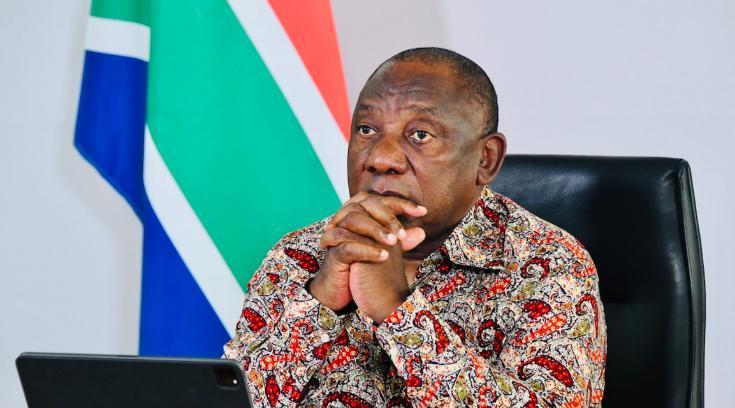Africa-Press – South-Africa. South Africa has to rebuild the base of its economy through significant investment in infrastructure, particularly in restoring the proper function of its electricity, logistics, and water sectors.
These sectors are vital to the flourishing of any economy, with over a decade of mismanagement resulting in dilapidated infrastructure.
Deteriorating infrastructure has resulted in South Africa’s economy suffering from extreme supply-side issues, hobbling growth and investment.
Fixing the basics through investment in these sectors will enable South Africa to build from the base and break out of a decade of economic stagnation.
This is feedback from Melville Douglas chief investment officer Bernard Drotschie, who outlined some encouraging developments within these sectors.
Drotschie explained in a recent research note that infrastructure investment has been lacklustre in South Africa over the past 15 years.
Since the buildup to the 2010 FIFA World Cup, there has been little investment in infrastructure from both the state and public companies, with the private sector also increasingly hesitant to invest.
This has resulted in declining service delivery from severe load-shedding to logistics bottlenecks to water outages in some of South Africa’s most important cities.
Put simply, Drotschie said South Africa needs to effectively become a construction site, with trillions of rands needed to upgrade, expand, and maintain infrastructure.
The key thing needed to result in greater investment is the government’s reform agenda, which stands to open up these three key sectors to increased private sector participation.
While slow, these reforms are the right thing to do and are set to significantly boost South Africa’s growth over the medium term.
They are already beginning to bear fruit, with load-shedding largely being a thing of the past and Transnet’s performance beginning to stabilise.
Cape Town was the most improved port in the World Bank’s latest Container Port Performance Index, with Coega being the fourth most improved.
Drotschie explained that these steps may be small, but they matter in the context of South Africa coming off a very low base.
Analysts at Melville Douglas forecast immense future investment in the three key sectors of electricity, logistics, and water, which will begin rebuilding the country’s economic base.
Over the next five years, the asset manager expects investment of around R1 trillion in these sectors, with the majority going towards energy generation and transmission infrastructure.
These forecasts can be seen in the table below, courtesy of Drotschie and Melville Douglas.
End of an era
Drotschie expressed optimism that this increased investment will bring South Africa’s decade and a half of economic stagnation to an end.
However, he cautioned that this does not mean the economy will grow rapidly and achieve the 5%+ growth needed to tackle unemployment.
Rather, it means that the base is being rebuilt and the supply-side constraints on growth are being lifted, reducing the barriers to faster growth.
Drotschie said South Africa is making strides in the right direction, and while progress has been slow, it is still meaningful.
Multiple indicators show that South Africa is moving in the right direction, with confidence beginning to gradually pick up.
“We can see this in well-regarded measures of confidence. Business, civil, and consumer confidence are moving in the right direction,” Drotschie said.
This is among the few periods in South African history where all three are moving in the right direction and almost all are in positive territory.
“Here, it is important to note the base effect. It is no secret that South Africa’s economy is coming off a low base,” Drotschie said.
“GDP growth, capital investment, and infrastructure have been muted and, at times, in decline. This is harmful to prosperity.”
“However, it also creates prospects for outsized benefits from relatively small improvements – chiefly for those who stay the course.”
Drotschie said it is important for investors and South Africans to point to other performance keystones and real-world examples of the reform agenda making progress.
This begins to shift sentiment towards South Africa and alters the perception of some that increased private sector participation in the economy is not beneficial.
Drotschie has warned previously that investors may lose patience with South Africa if there is insufficient hard evidence to justify increased investment in the local economy.
“I think some investors have lost a little bit of patience with the economic momentum in this country, which has been weak,” Drotschie said.
“We all know that it is difficult to operate here in South Africa, despite the immense potential of the country.”
As a result, investors have been switching out of SA Inc stocks to other parts of the market where companies are more exposed to faster-growing economies.
The graph below, courtesy of Drotschie and Melville Douglas, shows the improvement across the three confidence readings over the past four quarters.
For More News And Analysis About South-Africa Follow Africa-Press






